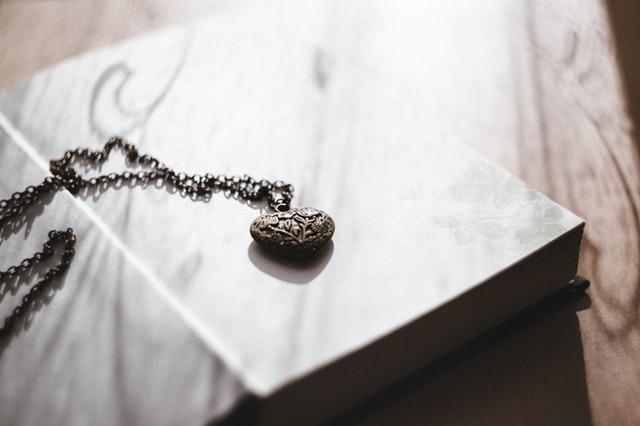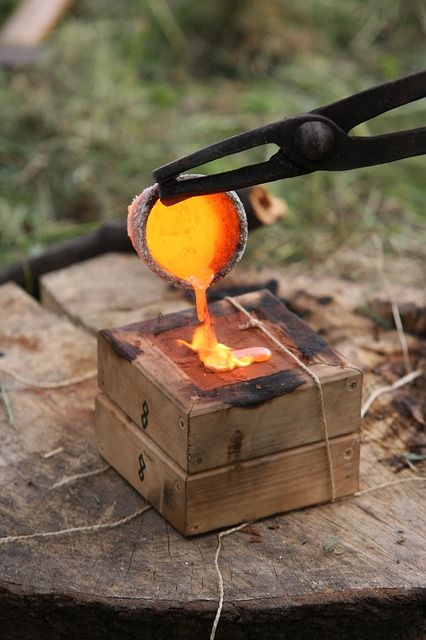Creating jewelleries and other crafts can become more fun and challenging when you use special kinds of metal. These materials come in different forms, each of which exhibit a unique level of strength and versatility. When used properly, metals can yield the most beautiful results.
For beginners, jewellery making can certainly be a daunting task. It takes extreme care and precision to ensure that the base metal, such as bronze tube and other similar items, won’t be put to waste. If you are just learning the ropes for working with these types of metals, particularly bronze, here are some tips that could help you improve your craft.
Why Use Bronze
One of the reasons why bronze is such a viable material for jewellery making is that it has high strength and low melting point. It is easy to shape into different forms and styles because it easily reacts to concentrated heat. Once it hardens, however, it’s difficult to deform or bend out of shape again. The trick, perhaps, is in the combination of the metals copper and tin in this particular alloy.
What sets it apart from other metals, however, is that bronze works very well for casting, primarily because it expands slightly before finally setting onto the form. This is why bronze sculptures, for example, make for such a magnificent view—the smoothness it achieves can also deliver an amazing impression of forms and visuals.
Bronze in Jewellery
Bronze used to be a lot more dominant in jewellery making in the olden times. Large, heavy accessories, such as elaborate necklaces and bracelets, dominated fashions of old. Nowadays, however, bronze material is better appreciated in wires or as flattened sheets, or even jump rings for chain maille. Bronze metal clay is also a huge hit for those who would like to have more texture and creativity in their use of the material.
Strong Metal, Strong Color
Don’t be too quick to dismiss bronze as a jewellery material because of its strong, earthen color. If anything else, this is precisely what you should be making the most out of, highlighting it in your jewellery crafts. Mix and match it with cooler shades and hues of color to bring out the contrast and texture of the material. Unless your goal is to come up with specially eye-catching and head-turning designs, you could do away with the brighter hues for stones and metals, like yellow or golden tones.
Incorporating Elements
It’s actually pretty easy to integrate bronze with other materials. A bronze tube, for example, can be crafted into a bracelet, which then could have another metal component to it, such as a silver outer lining, or another chunk of a bronze stone for height.
Cleaning Bronze Jewellery
Bronze is prone to developing patina upon exposure to oxidation. If you’re working on a bronze project for a long period of time, make sure to give it a good clean first as soon as you finish before putting it on display. Many DIY-ers swear by the lemon juice cleanse for bronze materials. It’s easy, cost-efficient, and definitely effective. With this, you can at least make sure that your final jewellery product is going to shine its best.
Before all of this, of course, you need to be able to find a trusted supplier that you can get quality metal materials from, such as Rotax Metals.
Sources:
Bronze in Jewelry. JewelryMakingJournal.com.
Bronze Beauty: Tips for Making Bronze Jewelry. FifthEssenceJewelry.com.



